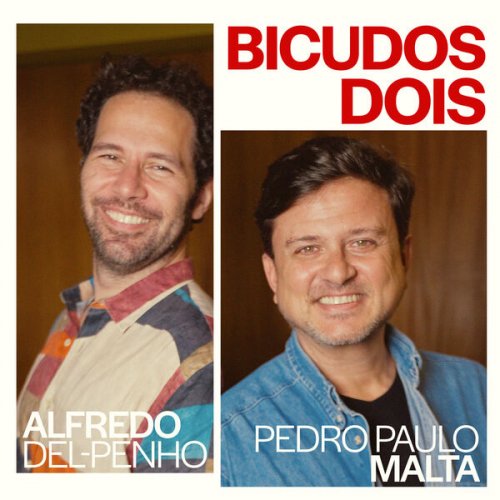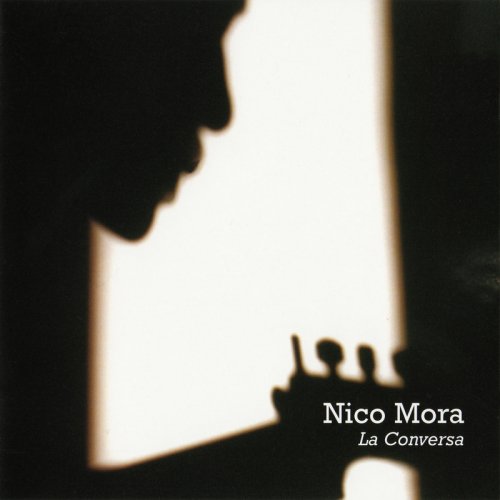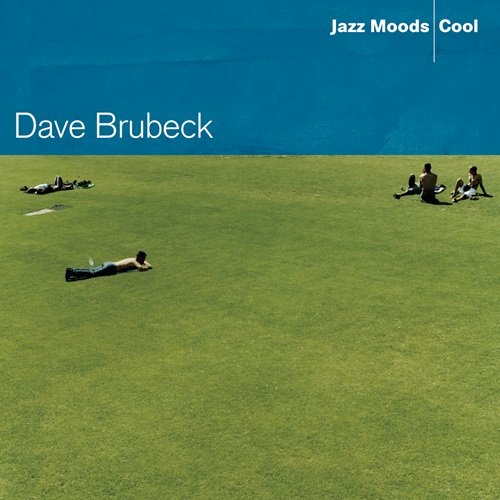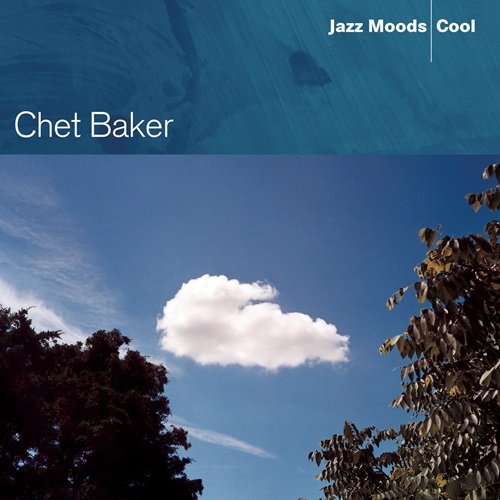Dafnis Prieto Sextet - Triangles and Circles (2015)

Artist: Dafnis Prieto Sextet
Title: Triangles and Circles
Year Of Release: 2015
Label: Dafnison
Genre: Jazz
Quality: 320 / FLAC
Total Time: 56:12
Total Size: 128 / 362 MB
WebSite: Album Preview
Tracklist:Title: Triangles and Circles
Year Of Release: 2015
Label: Dafnison
Genre: Jazz
Quality: 320 / FLAC
Total Time: 56:12
Total Size: 128 / 362 MB
WebSite: Album Preview
1. Back and Forth (7:34)
2. Triangles and Circles (7:39)
3. Flores (7:10)
4. The Evil in You (6:20)
5. Blah Blah Blah (6:15)
6. Blah Blah (5:59)
7. Two for One (9:47)
8. Opening (5:28)
Personnel:
Dafnis Prieto: drums, compositions;
Felipe Lamoglia: alto saxophone;
Mike Rodriguez: trumpet;
Manuel Valera: piano;
Johannes Weidenmuller: acoustic and electric bass;
Peter Apfelbaum: tenor and soprano saxophones, melodica.
The thing that sets Latin jazz apart from other forms of jazz is that it's fundamentally a music for dance. The artists who create this music are expected to move gracefully back and forth between the worlds of jazz and salsa, sometimes in a single tune. Though it's overtly intended to get our bodies moving, Latin music richly deserves our respect. No one's crying "sellout" when the dance floor fills. Always rhythmically sophisticated, full of unexpected syncopations and crowd-pleasing acrobatics, its appeal is cross-cutting. There's also a rich vein of intellectualism in the Latin music world, and the past couple of decades have seen an increasing number of Latin American musicians moving into the "serious" side of jazz.
Drummer Dafnis Prieto straddles both sides of the equation. Cuban-born, Prieto arrived on the New York jazz scene in the late 90s and had an immediate impact. Though he's worked with nearly ever major Latin jazz artist in the city, his intelligently-wielded drumming prowess also earned him work with Henry Threadgill, Steve Coleman, and Andrew Hill. The New York Times, no less, refers to him as "one of the most impressive musicians in New York jazz over the past 15 years." In 2011, he won a MacArthur Fellowship 'Genius Grant,' and used some of the grant money to start his own record label and fund the exploits of several new groups.
Triangles and Circles, Prieto's second with his sextet, is both ambitious and adventurous and succeeds mightily on both counts. It's also fun to listen to. Though his sextet is essentially a band of virtuoso soloists, it's the ensemble work that's most impressive. Rip-roaring improvisations are realized within a tightly-woven fabric. Prieto's music is also unabashedly transgressive, synthesizing a variety of Latin and non-Latin influences into a seamless whole. Yet, Prieto and his band profoundly understand the rules they're breaking. "Flores," perhaps the most traditionally Latin composition on the album, applies 3/4 rhythm to a danzon-inspired melody. It's a subtle and smart gambit that takes an otherwise straightforward piece to new places. By contrast, the friendly melody and chord changes of "Blah Blah" suggest that we're about to hear a simple descarga. And that's the case until several traditional Latin rhythmic figures are overlain, transposed and interwoven into something at once foreign and familiar. A bit of free improv even pops up on "Two for One," a reminder, perhaps, that these guys can do anything well.
By contrast, the rhythmic Morse code of "The Evil in You" is more relatable to the music of Prieto's former employer, Steve Coleman. Yet, Manuel Valera's Gospel-derived piano chords behind Peter Apfelbaum's incendiary tenor solo are characteristically un-Coleman-like. "Opening" stands as Prieto's own personal take on jazz-funk; despite everything else going on, it's the interaction between the drums and Johannes Weidenmuller's slippery bass line that intoxicates. Traces of Threadgill's influence are apparent in the album's first two tracks. "Back and Forth" bustles and pauses, letting the first melody breathe across the rhythm and harmony. The title track opens with a wonderful drum solo followed by dark harmonies which give way to a gorgeously lilting melody that gets passed back and forth between each horn.
A remarkable musical statement on many levels, Triangles and Circles is the sort of album that rewards casual listening as much as it begs careful study. Its position in the Latin jazz world is Zen-like: both Latin and non-Latin, the two need and feed one another. There's enough music going on here to keep anyone's attention for quite some time.By DAVE WAYNE
Drummer Dafnis Prieto straddles both sides of the equation. Cuban-born, Prieto arrived on the New York jazz scene in the late 90s and had an immediate impact. Though he's worked with nearly ever major Latin jazz artist in the city, his intelligently-wielded drumming prowess also earned him work with Henry Threadgill, Steve Coleman, and Andrew Hill. The New York Times, no less, refers to him as "one of the most impressive musicians in New York jazz over the past 15 years." In 2011, he won a MacArthur Fellowship 'Genius Grant,' and used some of the grant money to start his own record label and fund the exploits of several new groups.
Triangles and Circles, Prieto's second with his sextet, is both ambitious and adventurous and succeeds mightily on both counts. It's also fun to listen to. Though his sextet is essentially a band of virtuoso soloists, it's the ensemble work that's most impressive. Rip-roaring improvisations are realized within a tightly-woven fabric. Prieto's music is also unabashedly transgressive, synthesizing a variety of Latin and non-Latin influences into a seamless whole. Yet, Prieto and his band profoundly understand the rules they're breaking. "Flores," perhaps the most traditionally Latin composition on the album, applies 3/4 rhythm to a danzon-inspired melody. It's a subtle and smart gambit that takes an otherwise straightforward piece to new places. By contrast, the friendly melody and chord changes of "Blah Blah" suggest that we're about to hear a simple descarga. And that's the case until several traditional Latin rhythmic figures are overlain, transposed and interwoven into something at once foreign and familiar. A bit of free improv even pops up on "Two for One," a reminder, perhaps, that these guys can do anything well.
By contrast, the rhythmic Morse code of "The Evil in You" is more relatable to the music of Prieto's former employer, Steve Coleman. Yet, Manuel Valera's Gospel-derived piano chords behind Peter Apfelbaum's incendiary tenor solo are characteristically un-Coleman-like. "Opening" stands as Prieto's own personal take on jazz-funk; despite everything else going on, it's the interaction between the drums and Johannes Weidenmuller's slippery bass line that intoxicates. Traces of Threadgill's influence are apparent in the album's first two tracks. "Back and Forth" bustles and pauses, letting the first melody breathe across the rhythm and harmony. The title track opens with a wonderful drum solo followed by dark harmonies which give way to a gorgeously lilting melody that gets passed back and forth between each horn.
A remarkable musical statement on many levels, Triangles and Circles is the sort of album that rewards casual listening as much as it begs careful study. Its position in the Latin jazz world is Zen-like: both Latin and non-Latin, the two need and feed one another. There's enough music going on here to keep anyone's attention for quite some time.By DAVE WAYNE
or
or
![Leslie Baron - In Jest (2025) [Hi-Res] Leslie Baron - In Jest (2025) [Hi-Res]](https://img.israbox.com/img/2025-12/18/2sqpj360q2wy5vki1452chspo.jpg)
![Paul Mauriat - Après toi (1972) [Hi-Res] Paul Mauriat - Après toi (1972) [Hi-Res]](https://img.israbox.com/img/2025-12/19/7apc8ramq91sp9mgfuj4lcflg.jpg)
![Demo Rumudo - Second Nature (2025) [Hi-Res] Demo Rumudo - Second Nature (2025) [Hi-Res]](https://www.dibpic.com/uploads/posts/2025-12/1765883076_cover.jpg)




![Milton Man Gogh - Fully Stretched (2025) [Hi-Res] Milton Man Gogh - Fully Stretched (2025) [Hi-Res]](https://www.dibpic.com/uploads/posts/2025-12/1766080588_cover.jpg)
